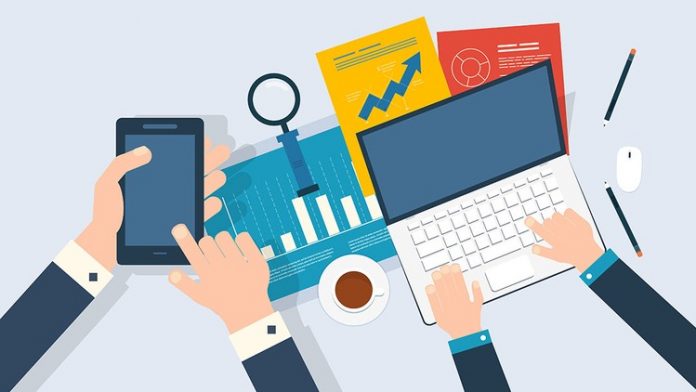In this modern world of technology, we come across many things that may appear similar but rather are very different. One such topic is business analysis vs business analytics. Employees and even employers raise several queries regarding this. As people who are in search of jobs get confused in the job roles of business analysts or business analytics professionals. Also, companies face issues in terms of opening a position and deciding which to opt for.
Let’s see what does Business Analysis means?
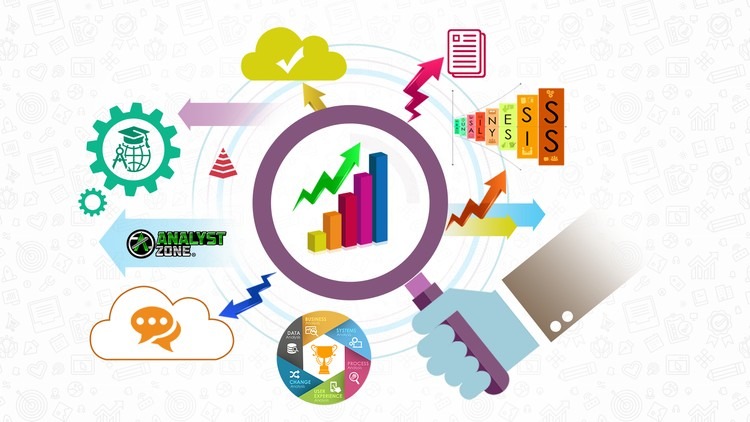
Business analysis is all about making a change in an organization’s perspective by solving the problems by understanding and defining the needs. This change is through the processes, techniques, or methods. After making the changes, it results in the company’s growth by benefitting the revenue, profits, and sales, so on. So, this act delivers value to the stakeholders. The area of impact of business analysis is successfully observed in the organization, technology, enterprise, business, and process. Many complex problems of the company are solved and in the end, it results in positive changes.
There are many activities in the business analysis like:
- Business tools like SWOT, Pestle
- Process analysis
- Documentation of requirements
- As-Is and To-be analysis
- Cost-Benefit Analysis
- Change Management
A simple example of a Business Analyst (BA) is here! Imagine you are going to the restaurant to have some good food. After entering the restaurant you find the table and check the menu given by the hotel attendant. Also, the hotel attendant suggests some special menu in their restaurant. After you give him/her your order, they go to the chef and informs the chef of your order. Did something click you here? This process is similar to the process which happens in companies where business analysis is done. Here, the hotel attendant can be called as a business analyst who takes your order from the visitors who acts as a client and chef who acts as a technical team. Basically, in business analysis, BA has to become a bridge between your client and the technical team.
What are the main documents created by Business Analyst ?
- Project vision Document
- Requirement traceability matrix (RTM)
- Requirement Management Plan
- User cases/stories
- Business Requirement Document
- Functional requirement specification (FRS)/ Functional Specification Document (FSD)
- System requirement specification (SRS)/ System Requirement Document (SRD)
A business analyst will first begin with the business questions but not with data.
What are the types of roles segregation of Business Analysts?
- Business Process Analyst: Uses workflow and process engines, does the comparison of as-Is and to-be models.
- Requirement Analyst: Mainly solves the issues of Information technology processes and also can be involved in the functional design.
- System Analysts: Defines how a system will do what and creates functional specifications working with the technical team.
- User Experience Analyst: Designs the user interface look and understands end-user behavior.
How to work in Business Analysis projects?
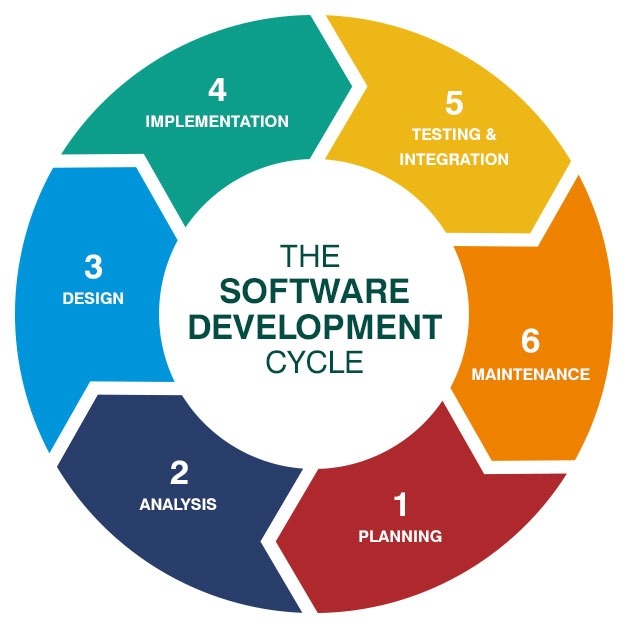
Software developmental Lifecycle (SDLC) methodologies help to work in Business Analysis projects. This is basically a procedure that the BAs follow. Through this, it helps to redesign software and solve problems. It starts from gathering the requirements, then designing the solution, development on it, deploying it in a suitable environment, and maintaining it properly.
What are different kinds of models in SDLC?
- Waterfall Model: It is a traditional model of linear progression where the next phase begins once the previous phase gets complete. Planning takes place for the schedule and budget.
- Spiral Model: This model blends linear and iterative. Also, it mainly focuses on the risk assessment. Each cycle begins with identifying stakeholders and what success looks like.
- Incremental Model: It is also a combination of linear and iterative approaches but in this set of concrete steps just like “mini-waterfalls” that work through iterative manner. It provides early value in the development life cycle. Also, allows the requirement changes between many iterations.
- Prototyping: This model uses Iterative progression. It’s in conjunction with Spiral, Rapid Application Development (RAD), and Incremental models. It generally categorizes the project into segments and creates small-scale mock-ups of the system known as prototypes. Thereby, prototypes get iteration until they meet the specific requirements.
- Agile: It focusses on the adaptability of processes and customer satisfaction by faster delivery of working software product.
- Scrum Model: It uses an iterative approach called sprints. A sprint is a short iteration from analysis, development, testing, to the deployment of a product. It ranges around 14-30 days long. This approach is more flexible and adaptable. The project team consists of Product Owner, Scrum Dev Team, and Scrum Master.
- Rapid Application Development (RAD): It is an incremental kind of agile approach. Here, the development of the components and functions happens in a parallel way. Moreover, the developments have tight timeframes. The mini-projects are assembled into a working prototype. As a result, the feedback is received and the prototype is refined.
Now let’s see what Business Analytics is?
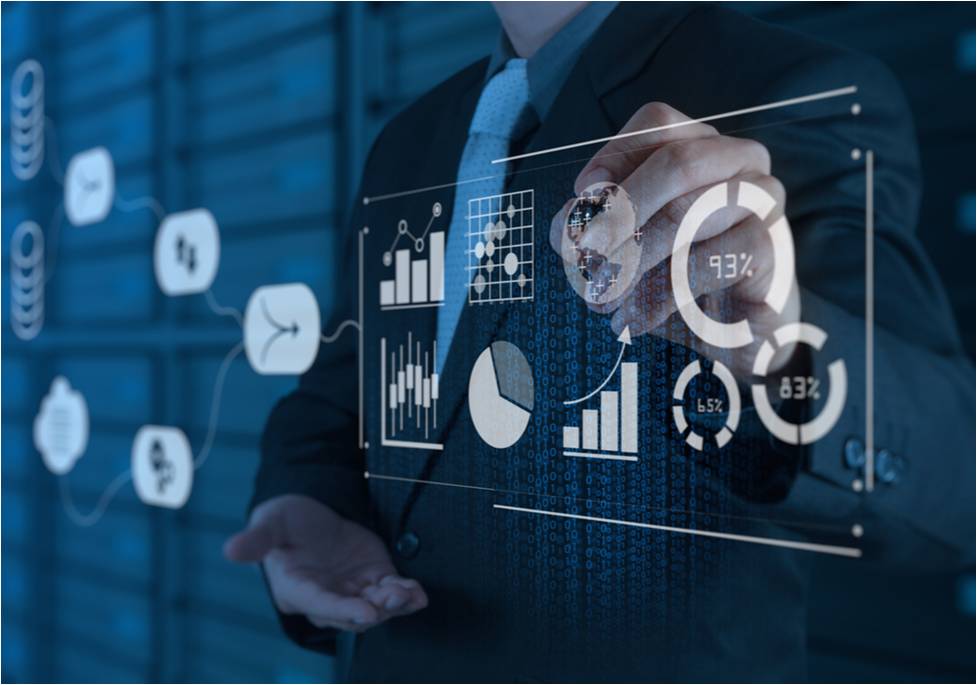
In business analytics, you need the data that is transformed into useful insights. This further is results to give good recommendations. It is the subset of Business Intelligence (BI) which deals with descriptive data. It tells the tools and methods to get the data, identify and categorize raw data, and present event reports.
But the Business Analytics is more prescriptive in nature that devotes to how the data is analyzed, how the patterns are formed, and how models are generated. Quantitative analysis, sophisticated data, and mathematical models are taken into account with the help of a business analytics professional to find data-driven solutions. The fields like statistics, IT systems, operation research, and computer science are required to expand knowledge of Business analytics professionals. They have good expertise in AI, data science, deep learning, neural networks, and programming languages like Python, R, and so on. This helps them to identify crucial micro-segments in the data and identify appropriate patterns.
Main components of Business Analytics:
- Data Aggregation
- Data Mining
- Text Mining
- Forecasting
- Association and sequence identification
- Optimization
- Data visualization
Data is the raw material for a business analytics professional.
To give a simple example of what exactly a Business analytics professional does! Think about this. Have you done a lot of research on the online website and watched videos before buying a new phone? In this process, you will gather the details about phones that have come in the last 5 years, see the statistics of the phone’s company. Find whether the company is making good phones and for how many days you can use it. Further, you will check the detailed specification of the phone and new features too. This is how the business analytics professional does their tasks.
What are the types of roles segregation of business analytics professional?
- Data Analyst: Examines mainly the huge quantity of data to identify trends, develop charts, and finally create the visual representation to help businesses make more logical decisions
- Data Scientist: Designs and constructs new processes for production and data modeling with the help of prototypes, predictive models, algorithms, and custom analysis.
What kind of work is there in Business Analytics?
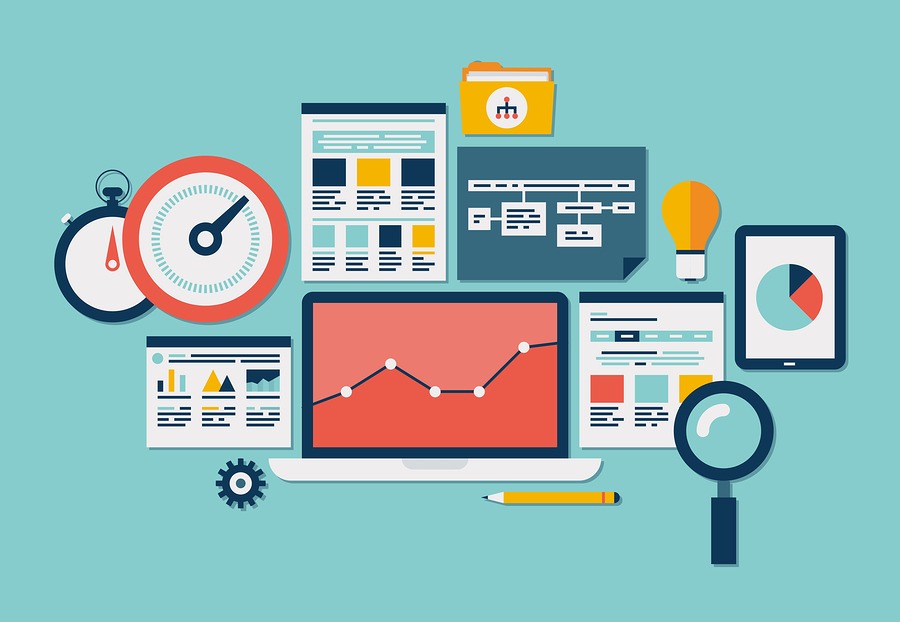
1. Descriptive Analytics– Observe the past data and check it thoroughly.
Many businesses across the world use this. Companies access their historical data and extract useful trends, improvement areas, and events through that. It is very helpful for companies for reporting and communicating across their business segments. With this, they are able to know what has happened and how it has helped them to make success. It majorly caters to the data mining and data aggregation techniques. It results in a win-win situation for both the organization’s point of view to investors, managers, HRs, shareholders and also to the customer behavioral needs.
2. Diagnostic Analytics– Shift from the “what” of past and go to current events to “how” and “why”.
It focuses mainly on past performance to find out which factors influence beneficial trends. It employs techniques like data mining, drill-down, data discovery, and correlations to get down to the root causes of events. Diagnostic analytics uses the technique of probabilities distribution on the outcomes to know exactly why the events occur. It also leverages techniques like sensitivity analysis, attributes importance, and training algorithms for classification and regression. However, this analytics segment has limited ability to give them actionable insights.
3. Predictive Analytics– What can happen in the future and we can be proactive?
Effective predictive analytics comes with insights formed out of the descriptive analysis. There are methods to do this with the help of statistical models and machine learning algorithms. By understanding the past data, companies use them to find new things, restructure strategies, and meet upcoming expectations. Here, it is important to make a note that this type of analytics may not tell you what WILL exactly happen in the future. Rather it tells you what CAN happen in the future. The likelihood of variables is the analysis here.
4. Prescriptive Analytics– What is advisable and what decisions can be taken?
Going beyond these above-mentioned analytics and looking out for the next steps to be followed is done here. The data can be also taken based on external factor here that influences the business. Although prescriptive analytics is indirectly a way of predicting future outcomes it still utilizes some tools to make sense in real-time scenarios such as deep learning and complex neural networks. It is capable of not only evince all favorable outcomes related to any action but also used for recommending clear actions to deliver the most efficient result.
What are the tools for business analytics?
- Excel – Even if you are an expert in languages like R, Python, or tools like Tableau, you will use Excel for the grunt work. Many times it happens that a company does not have access to tools like SAS. But Excel is omnipresent and it becomes vital when the analytics team has to work with the business team.
- SAS – Main features of SAS is that it is versatile, robust, and easy to learn the tool. SAS keeps adding tons of new modules. Some of the specialized modules are SAS Anti-money Laundering and SAS analytics for IoT. Its usage is in fields like the analytics of web, marketing, and social media.
- Tableau – Tableau is very easy to learn the tool and performs the effective task of slicing and dicing the data. Also, it helps to create great visualizations, maps, and dashboards. Tableau is capable of making better visualizations as compared to Excel. Also, the data handling capacity of this definitely much more data than Excel. It connects various data sources and also capable of showing real-time updates on the web.
- QuilkView: It has many unique features and has in-memory data processing, which executes the result at fast speed back to the end-users and stores the important data in the report itself. The maintenance of data association in this tool is automatic. Also, capable of compression to almost 10% from its original size. Interestingly, the visualization of the data relationship happens through specific colors. It is faster than Tableau and offers good flexibility.
- RapidMiner: It is a powerful integrated platform developed that performs the predictive analysis. Also, other advanced analytics processes like data mining, visual analytics, text analytics, and machine learning are done without any programming. RapidMiner can incorporate many types of data sources, like MySQL, Ingres, IBM SPSS, Dbase, Access, Excel, Microsoft SQL, Oracle, Sybase, IBM DB2, etc. The tool gives a systematic generation of analytics using real-life data transformation settings.
The matter of the fact is that both of the terms business analysis and business analytics are different in their nature. But in the organizational domain, they merge in some or other projects and help the company to grow more and more.


